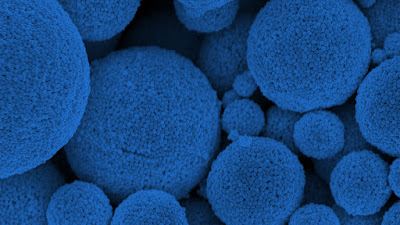Topics: Alternative Energy, Battery, Biology, Green Tech, Nanotechnology
By replicating biological machinery with non-biological components, scientists have found ways to create artificial cells that accomplish a key biological function of converting light into chemical energy.
In a study from the U.S. Department of Energy’s (DOE) Argonne National Laboratory, scientists created cell-like hollow capsule structures through the spontaneous self-assembly of hybrid gold-silver nanorods held together by weak interactions. By wrapping these capsules’ walls with a light-sensitive membrane protein called bacteriorhodopsin, the researchers were able to unidirectionally channel protons from the interior of the artificial cells to the external environment.
“Nature uses compartmentalization to accomplish biological functions because it brings in close vicinity the ingredients needed for chemical reactions,” said Argonne nanoscientist Elena Rozhkova, a corresponding author of the study. “Our goal was to replicate nature, yet use inanimate materials to probe how cells accomplish their biological tasks.”
Scientists harvest energy from light using bio-inspired artificial cells
Jared, Sagoff, Argonne National Laboratory

Comments